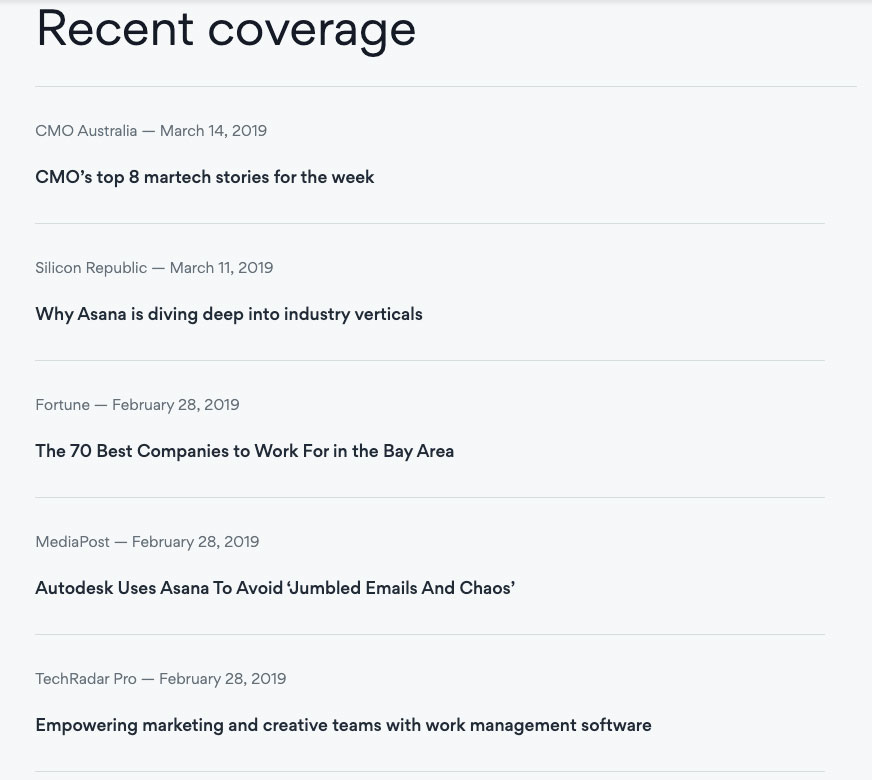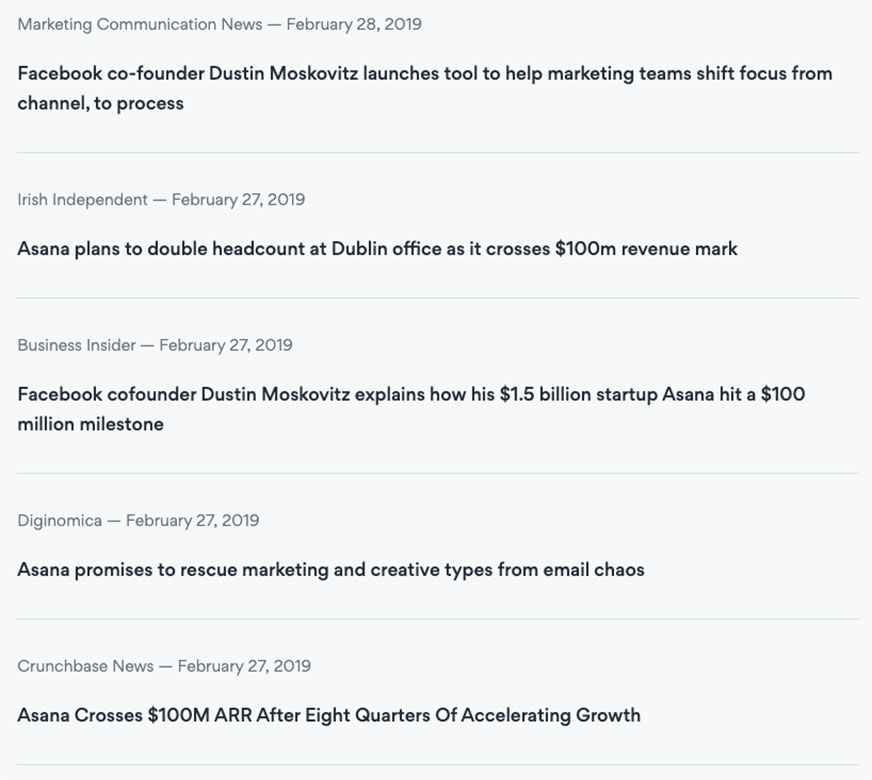The case for a globally-coordinated, agile approach to public relations has perhaps never been greater than it is today for small and mid-sized B2B companies in the technology sector.
Not only do growth opportunities abound in home countries for both U.S. and European companies alike, it’s also remarkably easy for tech companies to open an office internationally and start expanding globally.
In a previous blog post about agile PR firms, I explained how the confluence of venture capital, internet-enabled communications technologies, highly skilled foreign labor markets, and even scalable office space ventures like WeWork, all make expanding internationally far cheaper and more efficient than ever before.
For some perspective on the need to think globally when designing a communications strategy, consider these stats:
- 58% — As many as 58% of U.S. companies already have some kind of international business activity according to recent USForex research.
- 94% — In a VentureBeat article, based on research conducted by Balderton Capital, the number of venture-backed unicorns (startups with $1 billion valuations) that opened international offices was a staggering 94% and 77% for European and U.S. startups, respectively.
The Balderton Capital study did reveal that European tech companies are more likely to expand internationally sooner than their American counterparts in large part because it’s far more difficult to sustain growth in their home country compared to growing in the much-larger American market.
The study also went on the say that American tech companies do eventually jump on the international growth bandwagon and catch-up to their European counterparts. Not only do they seek new markets for greater revenue, but they seek to solidify market vertical dominance against foreign competitors (think Uber’s VC-fueled growth into foreign markets where competitors were just starting out).
How does this equate to the need for coordinated global PR at mid-market tech companies?
Simple. As many companies look to hit aggressive revenue and brand-awareness growth milestones by entering foreign markets, they find themselves facing challenges preventing them from achieving their important objectives. While not 100% attributable to PR and branding in general, these challenges are often due to one or more of the following:
- Limited brand awareness in key countries where a company operates outside the home country (e.g., in the form of actual offices, reseller and partner channels, or trade show attendance).
- Internal communications team that is overwhelmed and / or unfamiliar with how to coordinate a unified, seamless global communications strategy.
- Multiple internal stakeholders (GMs or Sales Directors of international markets) who conduct media outreach without corporate guidance, or even awareness, and with limited or mixed results.
- Relationships with multiple agencies in several international markets that fail to gel and accomplish key communications goals.
- Growth plans that include expansion into international markets — trade shows, sales offices, operational clusters — yet not supported with a corresponding international PR strategy.
Without a globally-coordinated, highly-agile PR initiative in place, tech companies run the risk of seeing their marketing investment failing to catch fire in key markets outside of their home country.
On the other hand, with the right globally-coordinated PR strategy, a company’s product launches and other important announcements can hit foreign markets simultaneously with the same key talking points, effectively reverberating the message around the world.
Take the example of Asana, the project management and team collaboration software startup based in San Francisco. In addition to raising $50 million in a Series E funding round back in December of last year, it also received a burst of media interest and resulting coverage in late February (see image below) when it announced it had reached $100 million in annual recurring revenue. Media coverage, while slightly concentrated in the U.S., reflects media outreach in other key markets of primary interest for the company including England, Ireland, and Australia.



Asana managed to secure an impressive mix of tech and general business news coverage to complement its other marketing initiatives. The publicity has helped cement the company’s dominance of a sub-category of project management software it originally set out to define when it launched several years ago.
Indeed, in an interview with Business Insider (part of its late February media burst), Dustin Moskovitz, the co-founder and CEO of Asana, clearly made the case for international expansion by saying: “A lot of it has really been driven by the growth internationally…we’re growing even faster in Europe.”
The company employs 50 in Dublin, the office it uses to address the UK and greater EU market, and it recently opened an office in Australia to support growth in the Asia-Pac region. The article went on to say that sales overseas now represents over 50% of Asana’s total revenue, proving the value of seeking international growth for B2B SaaS companies.
At Swyft, we also design and staff product launches, trade show campaigns, and other branding initiatives across multiple country markets. Take the case of Pelco, an international security technology company based in Fresno, California. Pelco needed trade show media support at Intersec, one of the world’s largest security technology trade shows. Swyft obtained over 16 media placements across multiple foreign markets in the Middle East, Europe, and the U.S. The company enjoyed more than double the ‘share-of-ink’ compared to its closest rivals at the trade show and saw more new orders than in any previous shows in recent years. (Read more about how we helped Pelco with global PR services in our case study.)
Unlike their enterprise counterparts, most mid-market tech companies will not have the resources in-house to adequately staff and execute a seamless global PR initiative. This is where agencies with an international focus can add much-needed resources to ensure results meet or exceed the ROI executives have for their communications budget.
But a final caveat must be added: Marketing executives in mid-market tech companies should avoid racing blindly into an agency relationship just because an agency says it is ‘international’. Care should always be taken to ensure the agency has the talent and experience to deliver on what the company needs to support its expansion.
Equally important? Ensure the agency has a track record of delivering value and results, both of which are inextricably bound together and are — fortunately — highly measurable.

